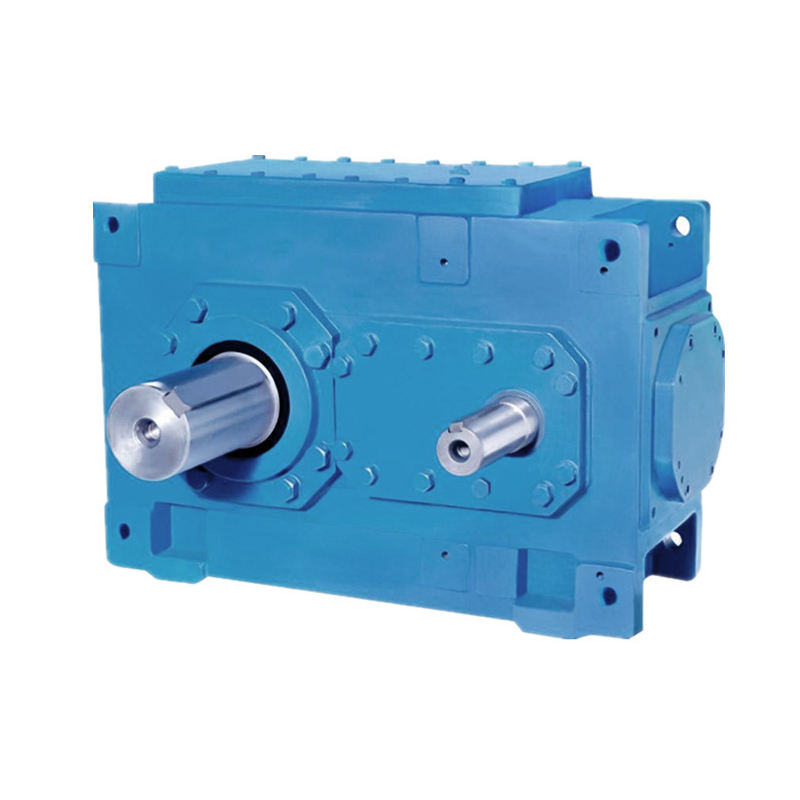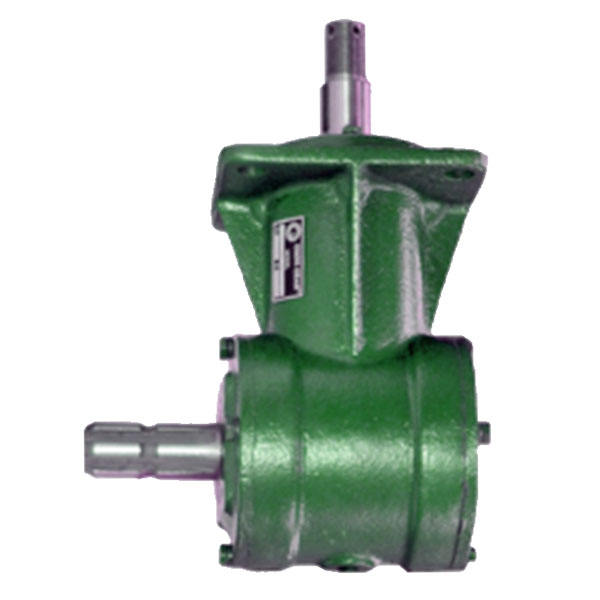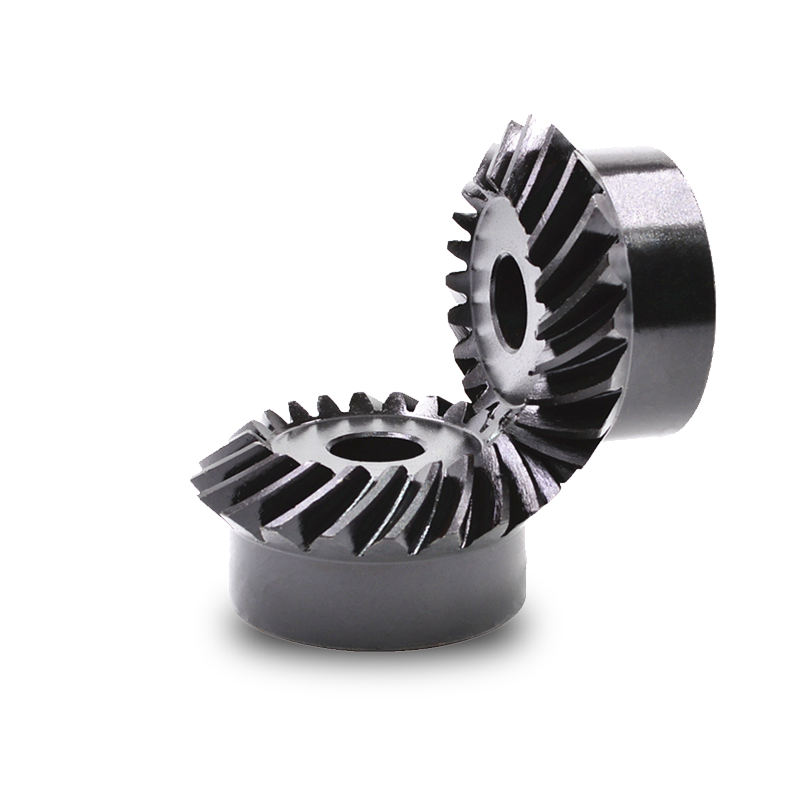Bevel gears are a type of mechanical component used to transmit power between intersecting shafts, typically at a right angle. These gears have conical shapes with teeth cut along the cone's surface, allowing for efficient torque transfer in various industrial applications. Their unique design makes them ideal for situations where space constraints or directional changes are necessary, such as in automotive differentials, aerospace systems, and heavy machinery. Understanding the parameters and specifications of bevel gears is crucial for selecting the right component for your needs, ensuring optimal performance, durability, and cost-effectiveness.
When choosing bevel gears, several parameters must be considered to match your application requirements. Below is a detailed list of the most critical parameters:
For a quick comparison, refer to the table below summarizing common bevel gear specifications:
| Parameter | Straight Bevel Gears | Spiral Bevel Gears | Hypoid Bevel Gears |
|---|---|---|---|
| Gear Type | Straight teeth, simple design | Curved teeth, smoother operation | Similar to spiral but with offset shafts |
| Material Options | Steel, cast iron, plastic | Steel (hardened), stainless steel | High-strength steel, alloy steel |
| Module Range (mm) | 1 - 10 | 1 - 20 | 1 - 25 |
| Pressure Angle (degrees) | 20 | 20 | 20 |
| Number of Teeth Range | 5 - 100 | 10 - 120 | 15 - 150 |
| Shaft Angle (degrees) | 90 (standard), customizable | 90 (standard), customizable | 90 (standard), offset possible |
| Hardness (HRC) | Up to 60 | 58 - 62 | 58 - 63 |
| Precision Grade (AGMA) | 6 - 10 | 3 - 8 | 4 - 9 |
| Applications | Low-speed machinery, simple drives | Automotive, aerospace, high-speed systems | Heavy-duty vehicles, industrial equipment |
What are the main types of bevel gears and their differences?
The main types include straight bevel gears, which have straight teeth and are cost-effective for low-speed applications; spiral bevel gears, with curved teeth for smoother, quieter operation at higher speeds; zerol bevel gears, a variation of spiral gears with zero spiral angle; and hypoid bevel gears, which have offset shafts for higher load capacity and are common in automotive differentials. Each type offers unique benefits in terms of efficiency, noise, and torque handling.
How do I select the right material for a bevel gear?
Material selection depends on factors like load capacity, operating environment, and cost. Steel alloys (e.g., AISI 4140) are popular for high-strength applications, while stainless steel provides corrosion resistance. Cast iron is economical for moderate loads, bronze offers good wear resistance, and plastic is used for lightweight, low-noise operations. Consider heat treatment options, such as carburizing, to enhance durability for heavy-duty use.
What is the significance of the pressure angle in bevel gears?
The pressure angle, typically 20 degrees, affects the tooth shape and strength. A higher pressure angle (e.g., 25 degrees) can increase tooth strength and reduce bending stress, but may lead to higher noise and less efficient meshing. A lower angle (e.g., 14.5 degrees) offers smoother operation but weaker teeth. Choose based on your application's balance between strength, noise, and efficiency requirements.
How does the number of teeth impact bevel gear performance?
The number of teeth determines the gear ratio, which affects speed and torque transmission. A higher number of teeth on one gear relative to the other increases torque but reduces speed, and vice versa. It also influences the gear's size, meshing smoothness, and load distribution. Ensure the tooth count matches your system's mechanical advantages to avoid issues like underloading or overheating.
What maintenance practices are recommended for bevel gears?
Regular maintenance includes lubrication with appropriate oils or greases to minimize friction and wear, inspection for signs of pitting, cracking, or wear on teeth, and alignment checks to prevent premature failure. For high-precision gears, monitor noise and vibration levels, and follow manufacturer guidelines for cleaning and re-lubrication intervals based on operating conditions.
Can bevel gears be used in non-90-degree shaft applications?
Yes, bevel gears can be customized for shaft angles other than 90 degrees, such as 45 or 120 degrees. However, this may require special design considerations, including adjusted tooth geometry and mounting, to ensure proper meshing and efficiency. Consult with engineers to design gears for specific angular requirements.
What are the common failure modes of bevel gears and how to prevent them?
Common failures include tooth breakage due to overload, wear from inadequate lubrication, pitting from surface fatigue, and misalignment issues. Prevention strategies involve proper material selection, regular lubrication, alignment checks during installation, and operating within specified load and speed limits. Implementing protective coatings or heat treatments can also extend gear life.
How do I calculate the efficiency of a bevel gear system?
Efficiency is calculated based on factors like gear type, lubrication, and operating conditions. Straight bevel gears typically have efficiencies around 95-98%, while spiral and hypoid gears can reach 98-99% due to smoother tooth engagement. Use formulas considering power loss from friction, meshing errors, and heat generation, or refer to manufacturer datasheets for empirical values based on testing.
Are there industry standards for bevel gear manufacturing?
Yes, common standards include AGMA (American Gear Manufacturers Association) for dimensions, tolerances, and ratings, ISO (International Organization for Standardization) for international consistency, and DIN (German Institute for Standardization) for European applications. These standards ensure quality, interoperability, and safety, so always specify gears that comply with relevant standards for your region and industry.
What is the typical lead time for custom bevel gear production?
Lead times vary based on complexity, material availability, and order quantity. Standard gears may take 2-4 weeks, while custom designs with special treatments or large sizes can require 6-12 weeks. Planning ahead and providing detailed specifications can help streamline the process and avoid delays.



